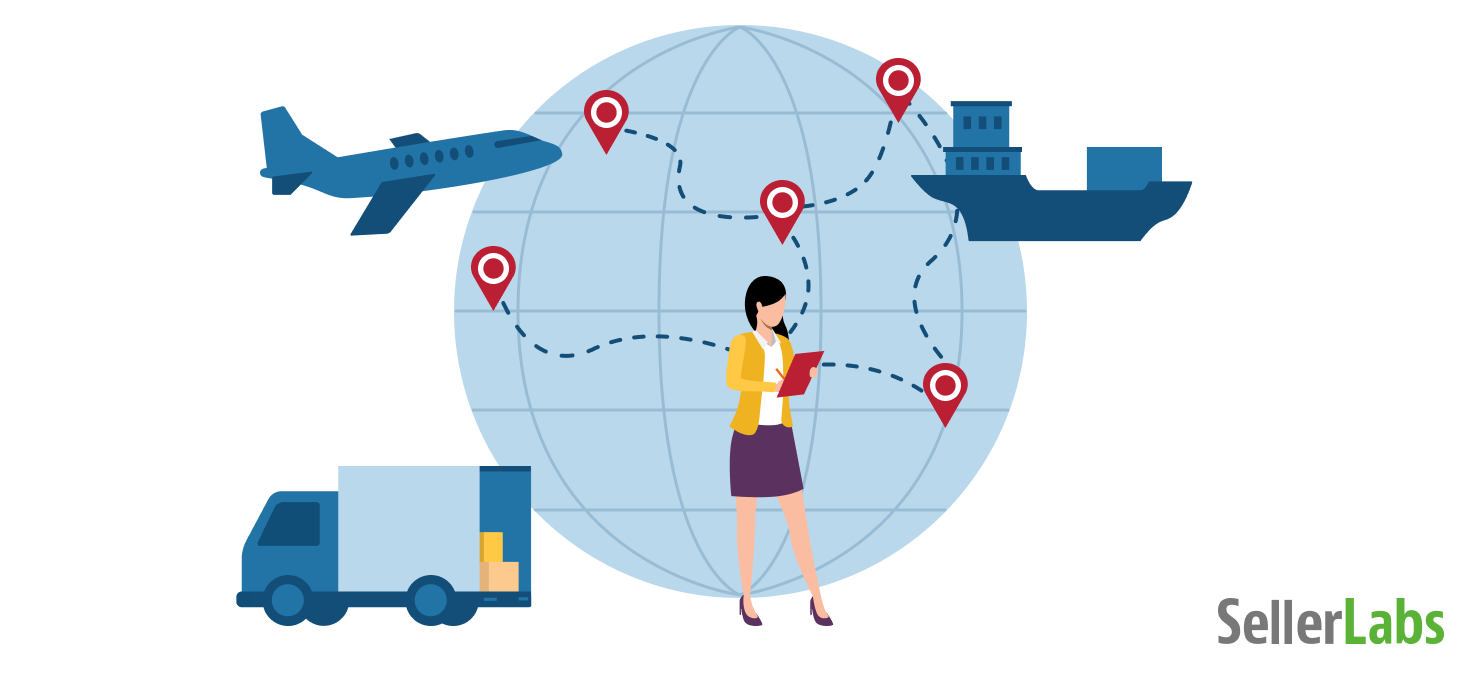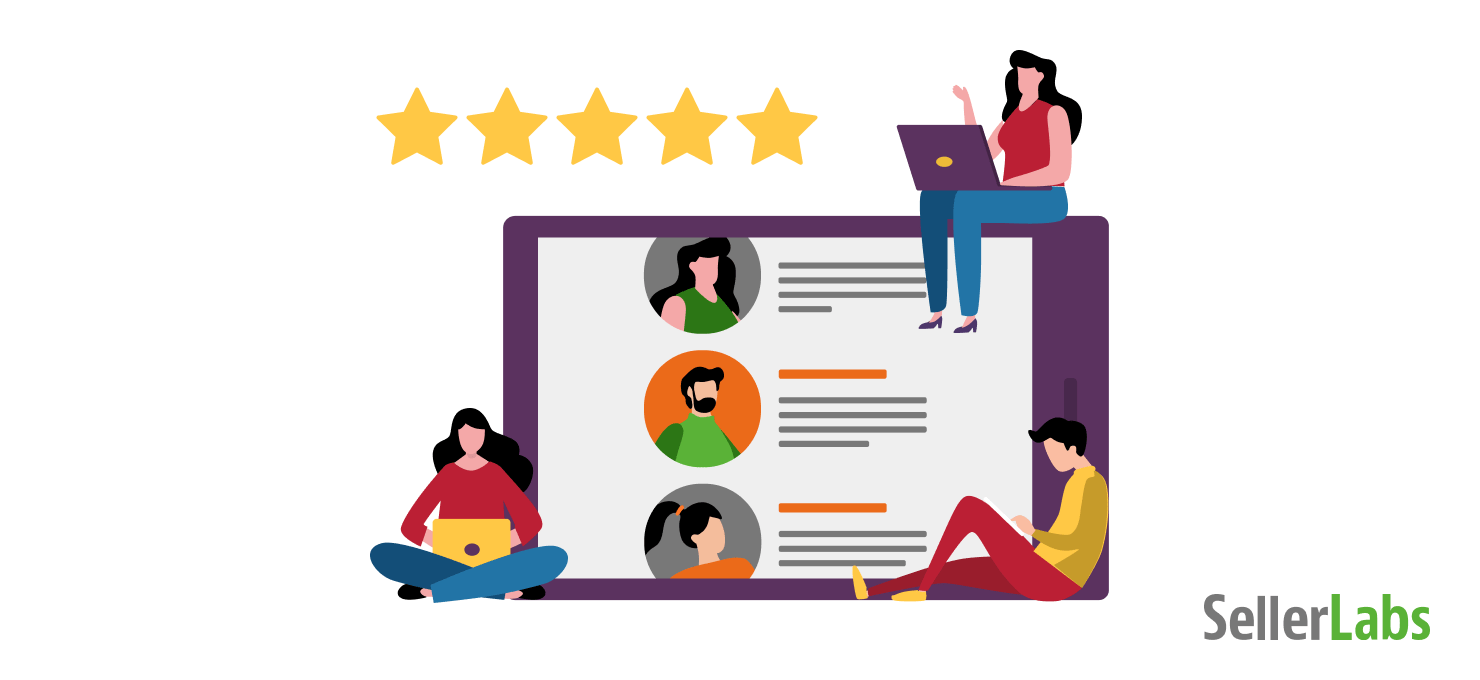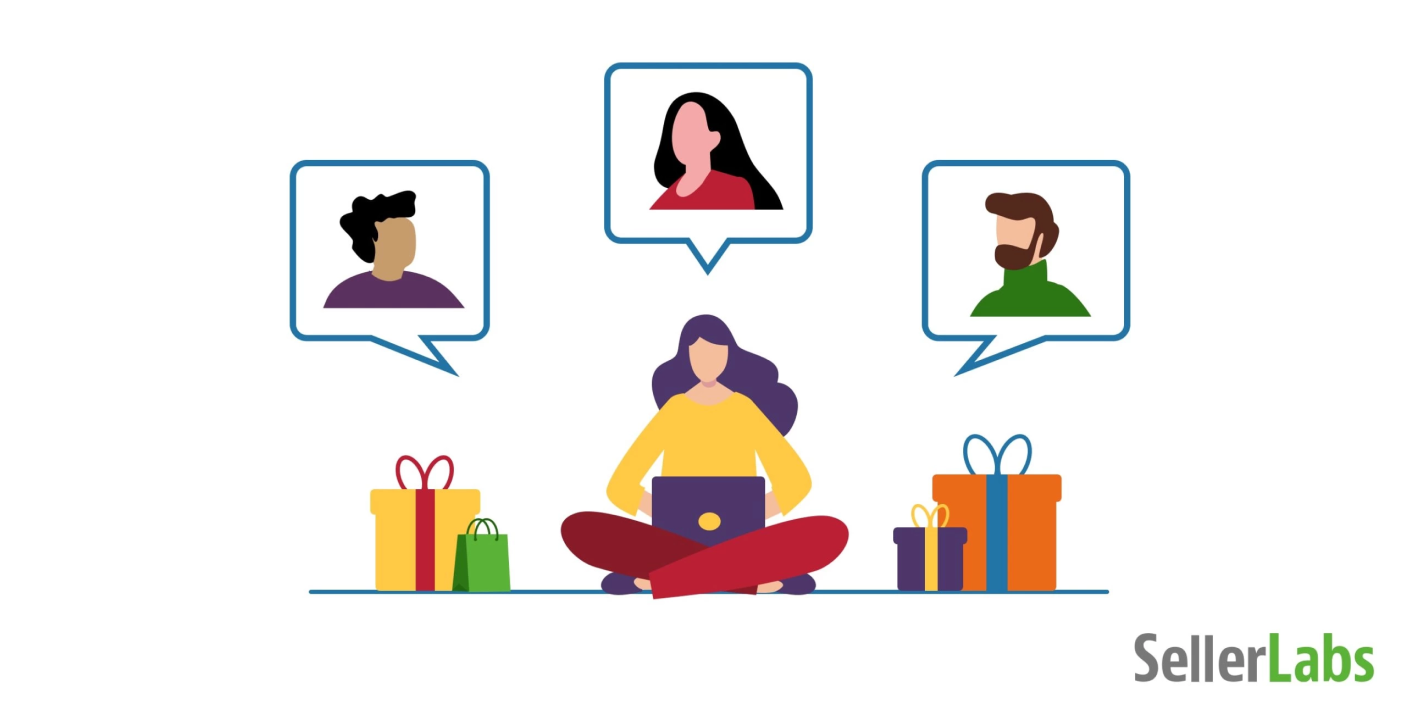Since 2005, Amazon has been delivering products to its customers by way of its own package delivery service appropriately named: Amazon Logistics.
The service began as a pilot program more than 10 years ago in San Francisco, Los Angeles, and New York City, but has expanded to nearly every major city in the US. Now it’s available in Canada, UK, Germany, Spain, Italy, Ireland, Brazil, and even India.
With over 1.1 million employees to manage orders and over 175 operating fulfillment centers worldwide, Amazon Logistics rivals some of the most dominant delivery service providers such as UPS and FedEx.
They are building the world’s biggest package-delivery business.
Our verdict? The Amazon Logistics program is a good investment for Amazon Delivery Service Partners but a bad deal for Amazon sellers and shoppers. Why? Learn about the benefits and shortcomings of the logistics program in the article below.
I. What Is Amazon Logistics?
Amazon Logistics is an alternative same-day delivery shipping option meant to compliment some of the most popular shipping providers like UPS, USPS, and FedEx.
Amazon has positioned the program as an investment opportunity for entrepreneurs to become Delivery Service Partners (or DSPs for short).
Note:
Don’t mix Delivery Service Partners up with Amazon DSP Advertising, which has the same abbreviation!
These perks are available for third-party sellers as well. You have to be a Prime member to participate in the logistics program. Non-members can reap the benefits for an added cost.
II. Innovations in Amazon Logistics
Though the service offered by Amazon is not ideal just yet, new technologies are giving them an edge over the competition.
- Amazon’s Cargo Airline. Amazon is currently developing its drone delivery system, called Amazon Prime Air, that will get packages to customers in 30 minutes or less. Amazon leased 12 Boeing 767-300 cargo aircraft, bringing its total fleet to more than 80 jets.
- Amazon Flex. It’s an Uber-like service that uses contract drivers to deliver goods to shoppers.
- Metro Markets. Amazon Prime members can enjoy free same-day delivery, as Amazon expands its service to 75 U.S. metro areas.
- Air Traffic Control Software. Amazon is building a specialized software for drones to incorporate it into the existing air traffic control system moving forward.
- Parachute Deliveries. Yes, you heard right, parachute! This is how Amazon is planning to guide delivered packages from drones.
- Underground Deliveries. Amazon is building a network of underground tunnels to transport parcels and containers.
- Voice-assisted deliveries. Prime subscribers can now order from Prime Now and alcohol-delivery service using voice search available through Alexa.
- Self-driving vehicles. This new technology will allow you to reliably transport Amazon orders to your customers via driverless vehicles.
III. How Does Amazon Logistics Work?
Deliveries are made 365 days/year, 7 days/week, throughout the day and include early mornings and late evenings, which is ideal for packages that require a signature. Delivery drivers are treated like third-party service providers who are contracted through Amazon.
The basic requirements to become a DSP are:
- At least a $10,000 investment
- Responsible for hiring and developing a team
- Managing up to 40 vans and 100 employees
- Ensuring packages are delivered seven days a week and 365 days a year
For a startup cost of $10K, Amazon projects that DSPs operating with up to 20-40 vans should have annual revenue between $1M and $4.5M and profits between $75K and $300K.

The goods can be delivered in multiple ways, including but not limited to Amazon Lockers and Amazon pickup locations.
IV. What Amazon Logistics Means for Third-Party Sellers
The number of warehouses, delivery stations, and drivers that Amazon uses to handle shipments doubled in 2020, thus improving the delivery speed while keeping fuel costs down. Let’s tear the whole process down to see how it works for you as a seller.
- Shipments from Amazon Logistics appear in tracking as AMZL. If the delivery is made within the United States, it is referred to as AMZL_US.
- Deliveries with this designation are sent to a specific sorting center where DSPs can pick up packages at a nearby facility and deliver goods to customers.
Amazon provides drivers with a mobile application and software they can use to plan, receive route guidance, and handle customer service.
Amazon Logistics relies on third-party providers, which means the level of service offered varies from one DSP to another. However, providers like FedEx, UPS and USPS have a standard of service that most customers can expect.
But the Amazon Logistics delivery experience can be hit or miss, which is why this service can be problematic for third-party sellers. Shoppers’ experiences with Logistics have been a mixed bag, to say the least, ranging from over-the-top to extremely unsatisfactory experiences.
V. Why You Should Be a Little Wary of Using Amazon Logistics For Your Business
The Seller Feedback score is a massive component of a third-party sellers’ success on Amazon. It contributes to winning the Buy Box and shaping a shopper’s opinion of a seller.
Be careful to distinguish that Seller Feedback and Product Reviews are not the same thing, although many confuse the two. Read up on the differences in our full article about Feedback vs. Reviews.
Even though it isn’t the seller’s fault, mishandled and damaged packages can result in negative seller feedback. Fortunately for third-party sellers using FBA—or those who use Seller-Fulfilled Prime—Amazon will handle customer support and item replacement if a package is lost or damaged. And Amazon’s A-to-Z Guarantee Claim protects shoppers who purchase from third-party merchants who fulfill their own products.
Unfortunately, a shopper is more inclined to share their negative experiences than positive ones. And sellers can’t choose which logistics providers they want to ship their goods. A bad experience with Amazon Logistics may lead to poor seller feedback.
So what can sellers do? Be proactive and message every shopper at least once. An automated Buyer-Seller Messaging system is the best way to accomplish this.
VI. Ways to Mitigate The Risk of Negative Feedback Due To Amazon Logistics
Requesting seller feedback is the best approach that should help you mitigate the risk of negative shipping experience due to Amazon Logistics. Below you’ll find some things you can do to control your feedback score:
Time your messages effectively
You don’t want your request feedback arriving too early or late. Sending a message when a package has been marked as delivered is the best time because the delivery is most likely at the top of the shopper’s mind.
Note:
Amazon Logistics doesn’t give sellers an exact time of delivery. Sellers must use the estimated delivery time to target messages, which is usually within an hour or two of what Amazon projects.
Give buyers options
Give the buyer multiple ways to contact you in case there is a problem. Provide Multiple channels to leave seller feedback.
Have a single call to action
Calls to action are traditionally located at the bottom of messages, but you can add them at the top of your email. For more questions about how to contact buyers, read about the best practices for Buyer-Seller Messages.
Takeaway
After struggling with delivery at the very beginning of the COVID-19 pandemic, Amazon has built a delivery system that rivals UPS. And though, according to our estimates, Amazon Logistics delivers only 2% of all Amazon packages, the service is growing every month. Still, I wouldn’t fully rely on it as the option is still under the development, and any failure in delivery can result in negative feedback.
Ready to Take Your Brand and Reputation on Amazon to the Next Level?
Save time, build your brand and improve your reputation with Seller Labs PRO. Try it now for free for 30 days.
Sellers need to utilize every tool available to help them succeed in the ever-changing Amazon marketplace. Proactively messaging shoppers and asking for their feedback and opinions is crucial for succeeding on Amazon.










